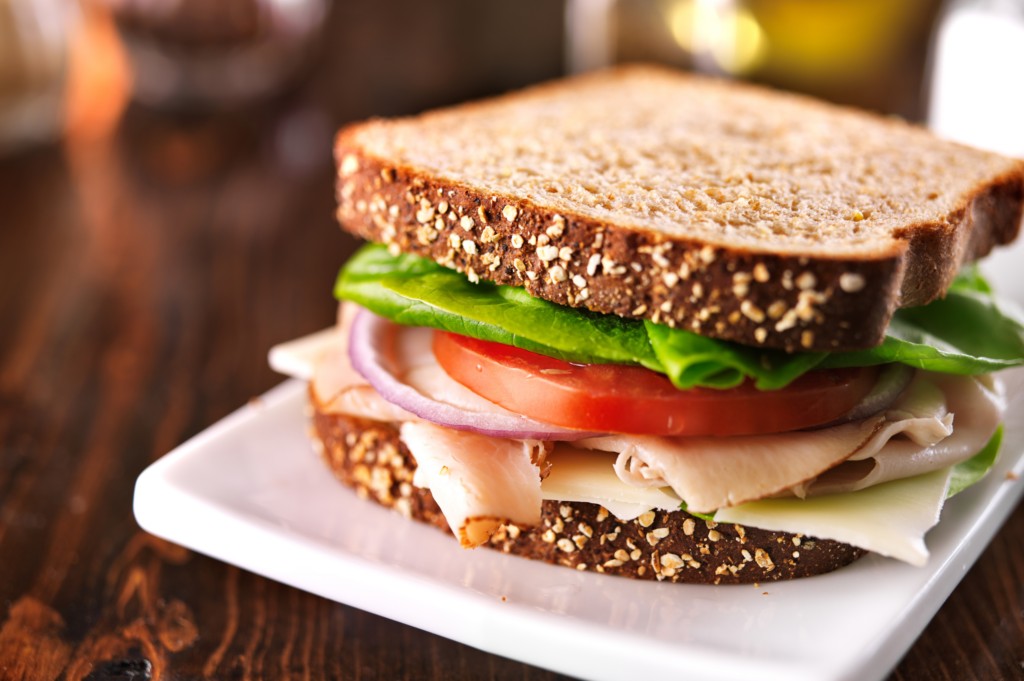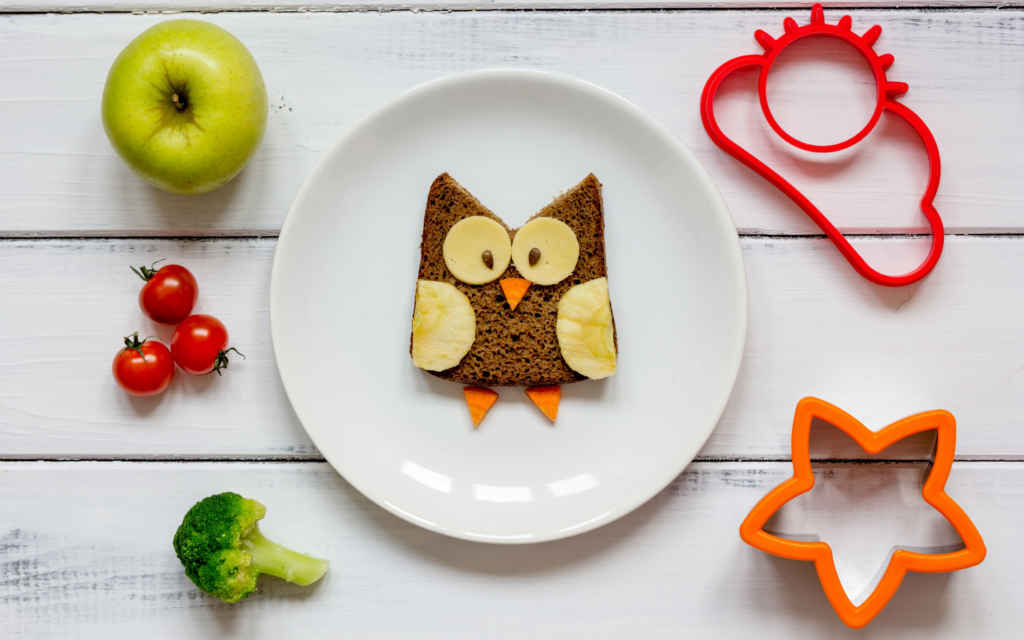Registered dietitian Elana Natker gives expert advice on making nutritious sandwiches for kids that are not only delicious but packed full of vitamins and nutrients to support your child’s learning.
When it comes to packing a lunch that kids will actually eat, few things beat a good sandwich. They’re simple to make, endlessly customizable, and — when built thoughtfully — a powerhouse of nutrition that fuels focus and energy throughout the school day.
Why Sandwiches?
Sandwiches are more than just convenient — they’re a smart, balanced meal in one tidy package. Easy to prep ahead (even the night before!), they travel well and don’t require utensils or reheating, making them perfect for school-aged kids.
They’re also finger foods, which not only make eating more fun for younger children but also help build fine motor skills and encourage positive mealtime experiences.
A Brief (and Fun) History of the Sandwich
According to HistoryTM, the sandwich we know and love today was created in 1762 by John Montagu, 4th Earl of Sandwich. Legend has it he was on a 24-hour gambling streak and ordered his cook to make him something he could eat while gambling. His cooks decided to try putting meat between two slices of toast, so he could eat it with one hand and no utensils, to not interrupt his game.
Some 260 years later, sandwiches have become the iconic entrée for your child’s lunchbox because they are a tasty, handy and versatile way to provide nutrient-packed fuel to help keep your child focused for the rest of their school day.

The Building Blocks of a Nutritious Sandwich
As a parent, spending time and effort in preparing food that your children won’t eat or even touch can be very frustrating. But because sandwiches are so versatile, they can become a kid’s favorite meal and provides the opportunity to introduce new foods, textures and flavors — especially when it comes to meats, legumes and veggies that they otherwise wouldn’t eat on their own. Colorful fillings like bright green lettuce leaves or ripe red tomato slices inside sandwiches can be used to draw their attention in an easy and appealing way.
A balanced sandwich can deliver essential nutrients that help kids stay full longer, concentrate better and thrive throughout the day. The key? Include a grain, a protein, and a fruit or vegetable. Here’s how:
1. Start with the Bread (The Grain Base)
Bread isn’t just a vehicle — it’s a major source of nutrients. Whole grain or enriched grain breads provide:
- Complex carbohydrates for sustained energy
- Dietary fiber for digestion
- B vitamins and essential minerals
Don’t be afraid to get creative: try whole wheat, rye, spelt, white enriched or gluten-free. Use buns, bagels, English muffins, pitas, tortillas or even naan.
2. Add a Protein Punch
Protein supports growth, concentration and satiety. Consider these options:
- Animal-based: Chicken, turkey, lean roast beef, eggs, tuna, cheese
- Plant-based: Nut butters, refried beans, hummus, lentil spreads
3. Pack in the Produce
Sandwiches are a sneaky (and effective) way to get kids to eat more fruits and vegetables. Try:
- Crisp lettuce, cucumber slices, shredded carrot or spinach
- Creamy avocado in place of mayo
- Fruit pairings like apple slices with brie and turkey

Make It Kid-Friendly
Getting kids excited about sandwiches is half the battle. Use fun shapes (cookie cutters are your friend), roll up fillings into pinwheels, or try pocket-style options like pita or wraps. Bright, colorful ingredients not only catch their eye but also offer a variety of textures and nutrients.
For picky eaters, sandwiches offer a low-pressure way to explore new foods. Try sneaking in a new ingredient alongside familiar favorites — it might just become their new go-to!
Sandwiches Are a Lunchtime Win
Sandwiches offer the perfect mix of nutrition, flexibility and kid appeal. Whether your child is adventurous or a creature of habit, there’s a sandwich out there to match their taste — and keep them energized and focused all day long.
So, embrace the power of sandwiches to make your mornings easier and your kids’ lunches healthier.

